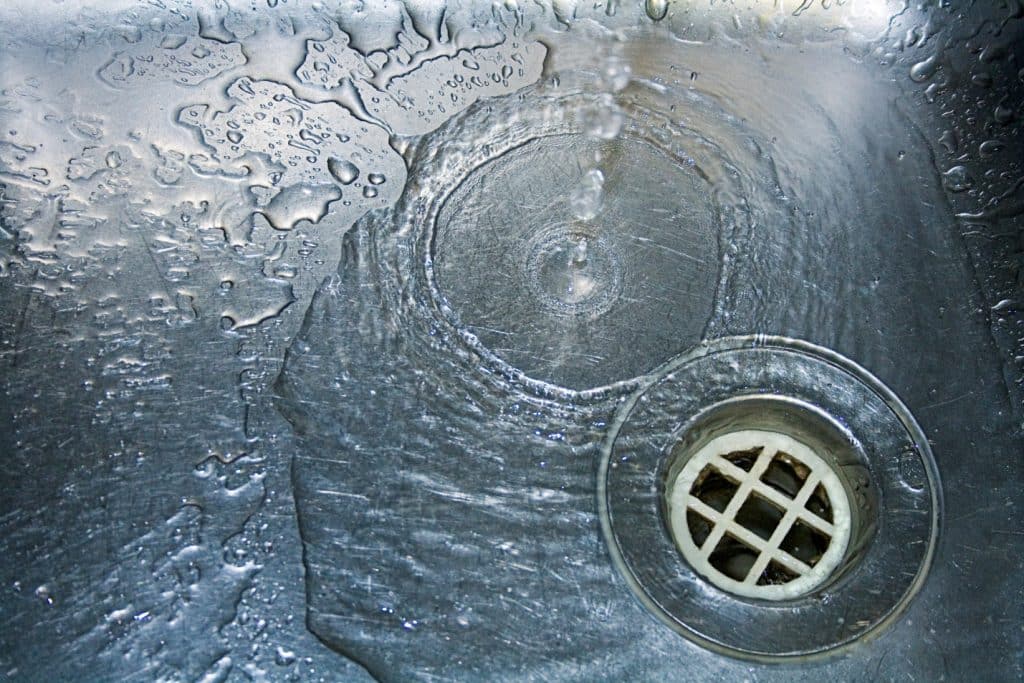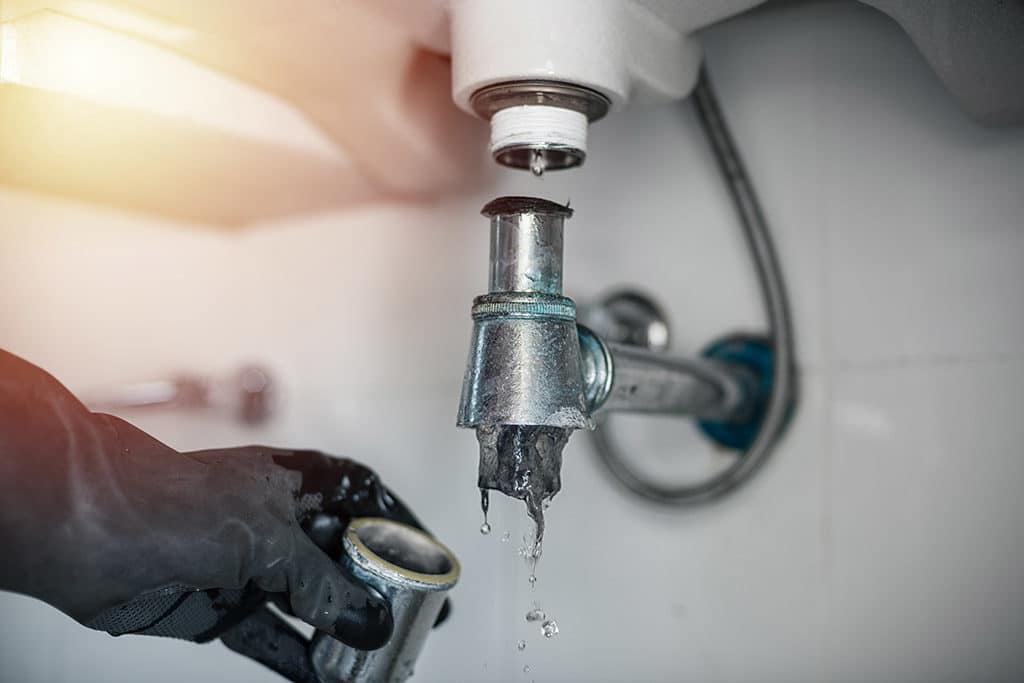Drains in your plumbing system are built to last and handle water, organic waste, and some disposable matters every day. Still, people often think that their water work is omnipotent, and some other things like food residues, grease, wet wipes, and even some solid objects often end up there.
If you’re just installing a new plumbing system, check this source for helpful information:
https://specifier.com.au/plumbing-costs-new-house-australia/
All of the above may be able to pass through the pipes, but there’s every chance some of this matter will create a blockage, especially if it’s a larger item or deposits of sticky matter such as grease or soap. Since things like this happen every day, and there’s almost no Adelaide homeowner who hasn’t faced blocked drains at least once, it can easily be marked as the most common plumbing issue.
The good news is that this is one of the plumbing failures that are easy to fix. Seasoned plumbers routinely handle blockages, but you can do it, too. Since you don’t need any complex tools or resources for this intervention, unblocking a drain can be an easy DIY project that won’t take much time. But prepare well; things can get messy because you never know what you might find inside.
DIY Unblocking Methods
Using a stopper, grate, or sink strainer is an excellent method to prevent drain blockage. But despite these obstacles, some matters can sneak into your plumbing system and cause a problem after a while. Luckily, there are many DIY remedies you can try. You probably already have everything you need, and we give you instructions on applying some common methods for blockage removal.
Hot Water
Pouring almost boiling water in a drain is the first thing you should do if you notice a water flow problem. If it just started, that is, if the deposits still didn’t harden inside, warm water will loosen and flush them away. It most often helps when it comes to soap or grease build-ups.
If you use this method, pay attention that the water isn’t too hot, i.e., not boiling. This way, you’ll prevent damaged PVC parts inside your water system. Stick to it, and you can repeat this method as many times as you want because it is risk-free. Just be careful not to burn yourself and keep your face away from the steam.
Use a Plunger
This method is probably the first thing that comes to mind when you’re facing a blocked drain issue. A plunger is a handy tool with a rubber tip that works on the simple principle of vacuum, and you can find it in every Adelaide hardware store. It’s a bit old-school, but it works in most situations.
For starters, set your drain free by removing a strainer. Then, pour some water into it. Put a plunger on a drain and plunge up and down several dozen times. That’ll create a vacuum that’ll suck up build-ups, so remove this tool quickly and see if the water has gone. Pour in some boiling water to loosen any residues.
Baking Soda and Vinegar

To begin, pour plenty of hot water directly into your sink or tub drain. Add a cup of baking soda and leave it for a few minutes. After that, slowly pour a cup of white vinegar and the same amount of hot water inside. The reaction starts almost immediately, so close the hole with a plug-in stopper and wait ten minutes. After that, pour more hot water into the drain to check whether the deposits have broken down.
Unblock the P-Trap
If you notice that the water in the sink flows out slowly, it may happen due to build-ups inside the P-trap. Due to the very anatomy of this part, blockages often occur in it, but that’s precisely how problems deeper within the system are prevented. Luckily, unblocking a P-trap is another simple DIY project. On this web source, see what it serves for.
Since you have to physically remove this part, turn off the water first, prepare a bucket through which the residual water from the system will flow, and put gloves on. Take off the P-trap by unwrenching it from a pipeline and clean it with an old toothbrush or bottle brush. Also, clean the joints and pipes as far as you can reach them. Finally, rinse everything with hot water and put this part back in place.
How Plumbers Tackle Blocked Drains in Adelaide
When DIY drain unblocking methods don’t help, a much bigger problem behind the poor water drainage may lie inside your plumbing system. So the logical step is to call an Adelaide plumber. They have experience, skills, and professional tools that help them handle any situation but also troubleshoot underlying issues in your waterwork.
Resolving Blocked Drains with Expertise
Plumbers in Adelaide fix clogged drains every day. They have already acquired a routine in their work, and professional tools and gadgets help them a lot. For example, if there are blockages deeper in the system, plumbers will use CCTV drain cameras that help them detect the source of the problem and determine the best course of action.
Plumbers will act depending on the problem’s complexity. For minor interventions, a plumbing snake or an auger will be used. They will remove more persistent deposits with a high-pressure water jet directed into the pipe. As for problems deeper in the system, such as roots blocking the water outflow, a drains blocked plumber will have to work on the pipe section in trouble. This fix may require excavation and pipe relining.
Blocked drains are a common plumbing problem Adelaide plumbers face daily. When the reasons behind the blockage are deposits or something stuck, you can solve that alone. But for more complex issues, it’s always best to call professionals.








